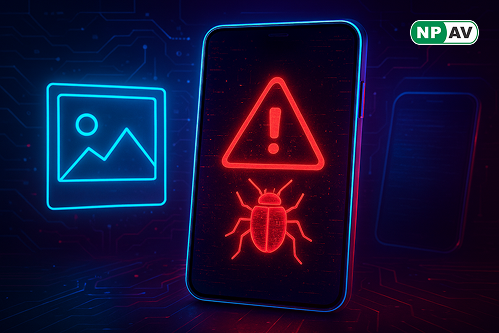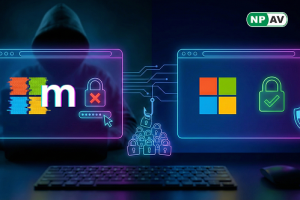Malware Alerts
-
Posted: November 14, 2025Views: 84Read moreUhale app in photo frames auto-downloads malware—learn about the risks, affected brands, and tips to secure your IoT devices.
-
Posted: November 13, 2025Views: 60Read moreMaverick spreads via WhatsApp to steal bank credentials—learn about its tactics, links to Coyote, and defenses against messaging-based threats.
-
Read moreMalicious Android apps on Google Play downloaded 42 million times—learn about the threats, evasion tactics, and defenses to secure your device.
-
Posted: October 29, 2025Views: 65Read moreHerodotus Android trojan mimics typing to bypass detection—learn about its tactics, infection methods, and tips to secure your device from banking fraud.
-
Read moreRedTiger infostealer targets gamers for Discord and crypto theft—learn about its persistence, exfiltration methods, and tips to secure your accounts from this growing threat.
-
Read moreYouTube Ghost Network spreads malware via viral videos—learn about the tactics, payloads like Rhadamanthys, and tips to avoid game hacks and cracks that hide threats.
-
Read moreDefenderWrite exploits whitelisted Windows programs to drop malware in AV folders—learn about its method, testing, and defenses like auditing whitelisting to protect against persistence threats.
-
Posted: October 18, 2025Views: 32Read moreWaterPlum's Cluster B deploys OtterCandy via ClickFake campaigns—learn about its theft features, v2 updates, and defenses like monitoring Node.js to protect against credential and crypto theft.
-
Read moreTikTok videos lure users with fake Photoshop activators, delivering AuroStealer via PowerShell—learn to avoid risky commands, use antivirus, and enable MFA to protect against credential theft.
-
Read moreUNC5342 uses EtherHiding to embed malware in smart contracts for credential theft—learn to spot fake jobs, restrict downloads, and bolster defenses against these evolving cyber attacks.















